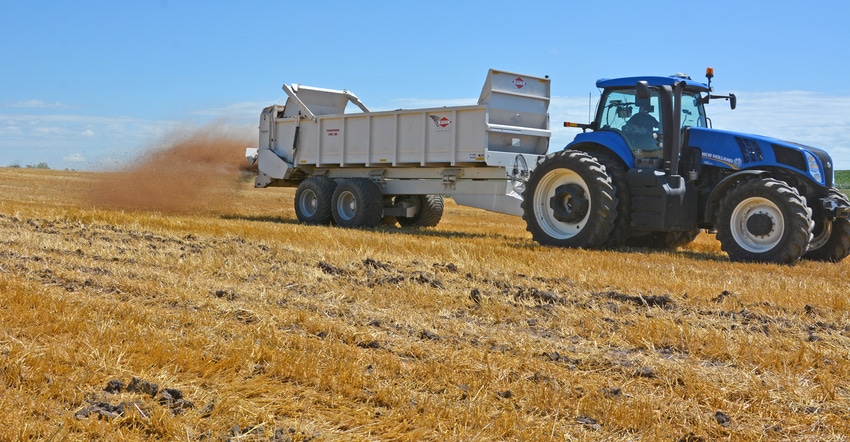
The Minnesota Pollution Control Agency is in the process of revising its fifth National Pollutant Discharge Elimination System general permit.
About 1,200 large feedlots across the state operate under the NPDES Permit Program.
The agency recently held two webinars to explain the proposed changes. Public meetings were originally scheduled but had to be canceled due to COVID-19.
The 30-day public comment period is expected to be held in May or early June. The revised permit will then be in effect from February 2021 through January 2026.
The permit combines Minnesota rules and statutes with federal NPDES regulations. Its goal is to protect water quality, primarily from the storage and land application of manure.
George Schwint with MPCA’s feedlot program explained during the webinar that the agency has met with various producer groups about proposed changes and offered feedback. MPCA tweaked the document accordingly, he added.
Possible changes to the permit include:
Streamlined application process. MPCA is working to build an online system so producers will only have to enter information once. The goal is to have the system up and running this fall, Schwint said. Plus, the permit document itself will be trimmed from 48 to 24 pages.
Managing manure applications in fall. The overall goal is to reduce nitrate leaching, which has been in the forefront during water quality discussions, Schint said.
“The idea is to keep N in the soil profile,” he added. To do so, best management practices developed by University of Minnesota scientists will be used.
MPCA has focused on both solid and liquid manure applications and time periods for application. For manure applied in September, MPCA proposes a required cover crop on the field. This could be interseeded before or after the manure application. Also, there is no restriction on the type of cover crop.
“There are other BMPs out there, but they are not as effective in the month of September,” Schwint said.
For manure applied during October, MPCA noted soils are getting cooler so farmers have a few additional BMPs options besides cover crops. They could split apply N by applying some in October and the rest later in November or in the spring, or they could use a nitrification inhibitor.
Tweaks to winter manure application. Some winter manure application rules remain the same, such as no surface application of liquid manure on frozen or snow-covered ground after Nov. 30, except in emergency or if you can inject it. Solid manure applications based on field slope, weather and snowmelt remain in place. However, MPCA proposes to prohibit solid manure application in February and March.
“Data show that’s the highest likelihood of runoff of N then,” Schwint said. However, MPCA would allow for approval of snow removal, in feedlots for example, when needed. Plus, there are provisions in proposed regulations to allow for temporary manure stockpiling on site.
Other changes proposed limit transfer of manure from large feedlots to small farms and require containment of feed storage area runoff.
Schwint said MPCA has sent draft proposals to the U.S. Environmental Protection Agency for comments and expects to issue a public notice for a formal comment period in May or early June.
“This will be the only chance for you to comment,” he added.
Go online to learn more about the 2021 NPDES general permit and about state and federal feedlot permits.
About the Author(s)
You May Also Like






